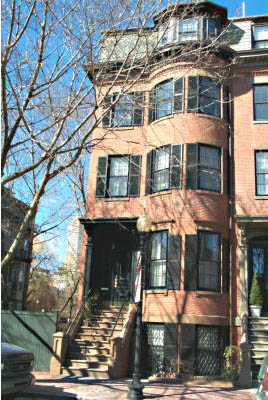In a Wall Street Journal article today entitled ‘Steep Home-Price Drop Stirs Fears’, Kelly Evans finally spent some time covering the concept that all of the press, statistics, and news that continue to hit the market regarding housing prices across the country may not be entirely applicable to city centers such as New York and Boston.
Notably, the S&P/Case-Shiller survey found that prices in the New York City metropolitan area declined, even though most local real-estate agents say prices for expensive condominiums in Manhattan continue to surge. There are two explanations for the difference. First, the S&P/Case-Shiller survey covers only single-family homes, not condominiums and cooperatives, which dominate the Manhattan market. Also, while prices are still rising in parts of the city, they are starting to decline in the suburbs.
Sound familiar? Oddly enough (sarcastically), Boston (proper) is mainly composed of condominiums, and when we speak about housing statistics (at least on this blog), we are speaking about the city center, as opposed to the suburbs (or including the suburbs).
“There’s a divergence between what’s going on with suburban homes and the apartment/condo market in the city center,” said Standard & Poor’s Vice President and index committee member Maureen Maitland.
As we have stated before, it is indeed fair to be somewhat critical of broad market assertions about prices, as the unique circumstances of downtown / city center living, is not often portrayed accurately – even by Boston Globe reporters and others who seem to continue to concentrate on state-level information that does not represent the true story of the Boston condo market.








